My mom is the “focaccia master” of the family. She has fiddled with several recipes over the years, and we were always more than happy to be on the receiving end of her baking experiments. Her standard way to receive guests is serving small squares of warm soft focaccia right next to a very large plate of freshly sliced prosciutto from San Daniele. HEAVEN.
She usually doesn’t go beyond adding a few olives or a few sprigs of rosemary on top. As simple and inviting as it is, I really wanted to try and take her focaccia to another level…And I think I did!
I love Radicchio & Speck — it’s a classic combo in Italian cuisine and it’s particularly tasty on pizza. Many pizzerias have a “radicchio e speck” option on their menu around this time of the year. It’s pretty much the one I would order on repeat as it never, EVER bores me. If it tastes awesome on pizza, can you imagine it on soft, thick focaccia??
I used a particular kind of radicchio, Radicchio Tardivo di Treviso, famous for its sweet and pleasant bitterness, and deep purple, curly leaves. If you can’t find it, you can definitely use the other more common kind of radicchio (the one that looks like a small red cabbage).
To give it a nice and more indulgent twist, I threw in a few pieces of burrata cheese. It does a great job at adding richness, while balancing out any remaining bitter edge of the sauteed radicchio.
This focaccia baked beautifully — it turned out to be very soft, with a full-of-bubble texture. The “Focaccia Master” approved and that definitely says something!

Soft Focaccia with Radicchio, Speck, and Burrata
Ingredients
Dough
- 300 gr (2 cups and 6 Tbsp) bread flour
- ½ packet Paneangeli Mastro Fornaio yeast (or instant yeast)
- 1 tsp sugar
- ½ tsp salt
- 4 Tbsp extra-virgin olive oil (divided)
- 150 ml (⅔ cup) lukewarm water
- 50 ml (¼ cup) milk
Toppings
- 8 or 10 slices speck
- burrata cheese
- 1 small head of Treviso radicchio (or any other type of radicchio you can find)
- a sprinkle of coarse sea salt (or Maldon salt)
Instructions
Dough
-
Combine flour, yeast, salt, and sugar in a big bowl. Mix with a spoon.
-
Add water, a little bit at a time; then add milk and 1 Tbsp of extra-virgin olive oil. Mix until combined and then start kneading, until soft. (Keep in mind that the dough should be very soft but manageable. If needed, add a bit more flour until the dough no longer sticks to your fingers).
-
Cover the bowl with a towel and let the dough rest in a warm place for about 2 hours.
-
Brush a baking sheet with olive oil and transfer the dough on it. Shape the dough into an oval, and using your fingers, press straight down to create deep dimples. Let it rest in a warm place for 30 more minutes.
Radicchio
-
Trim off the bottom stem of the radicchio and separate the leaves. Quickly sautee radicchio in a pan with a drizzle of oil and a sprinkle of salt, for 2 to 5 minutes, depending on the type of radicchio you are using. The key is sauteeing it quickly, softening it while maintaining a bit of crunch. Remove from the heat and set aside.
Assemble Focaccia
-
Turn the oven to 180 C (360 F).
In a small bowl, combine 3 Tbsp of Extra-virgin olive oil with 1 Tbsp of water. Brush the top of the dough with this solution, making sure you are using it all. Sprinkle with coarse sea salt.
-
Bake dough for 15 minutes. Remove the focaccia from the oven, spread the cooked radicchio on top. Place focaccia back in the oven and bake for 20-25 more minutes, until lightly golden brown.
-
Remove focaccia from the oven. Arrange a few speck slices on top of it and sprinkle small pieces of burrata all over it. Serve while it’s still warm.
Did you make this recipe? Please let me know how it turned out for you! Leave a comment below and share a picture on Instagram with the hashtag #veryeatalian.
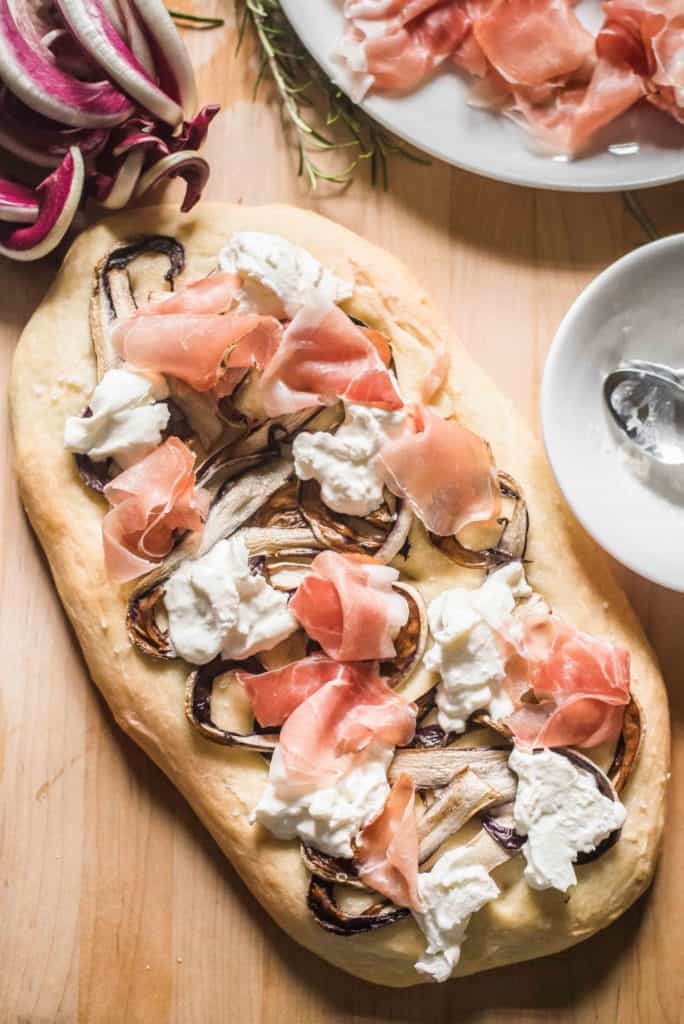
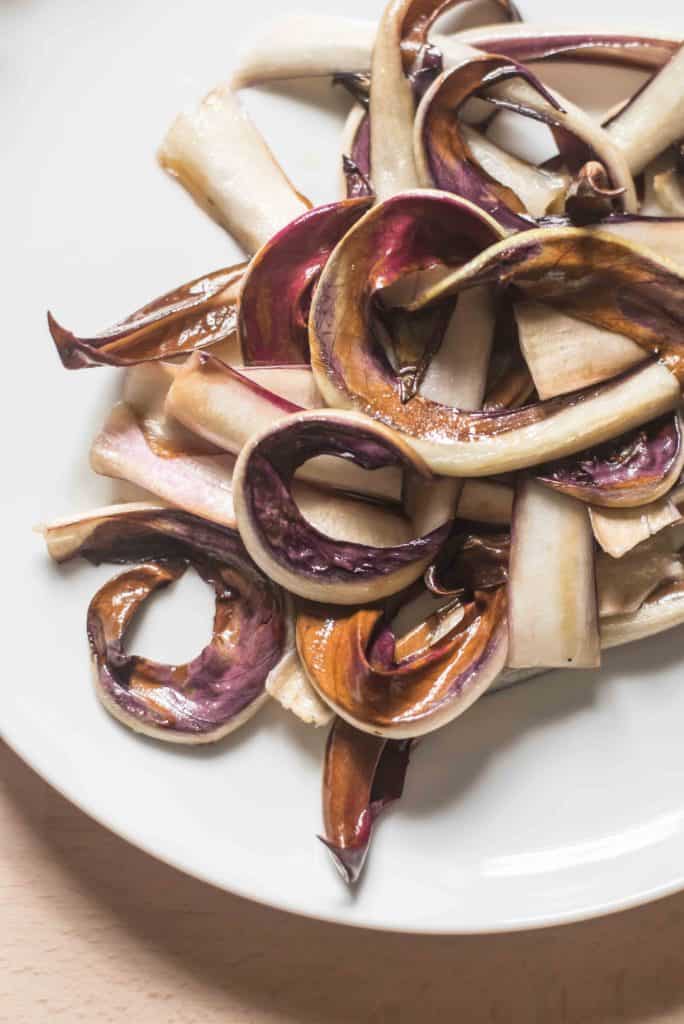
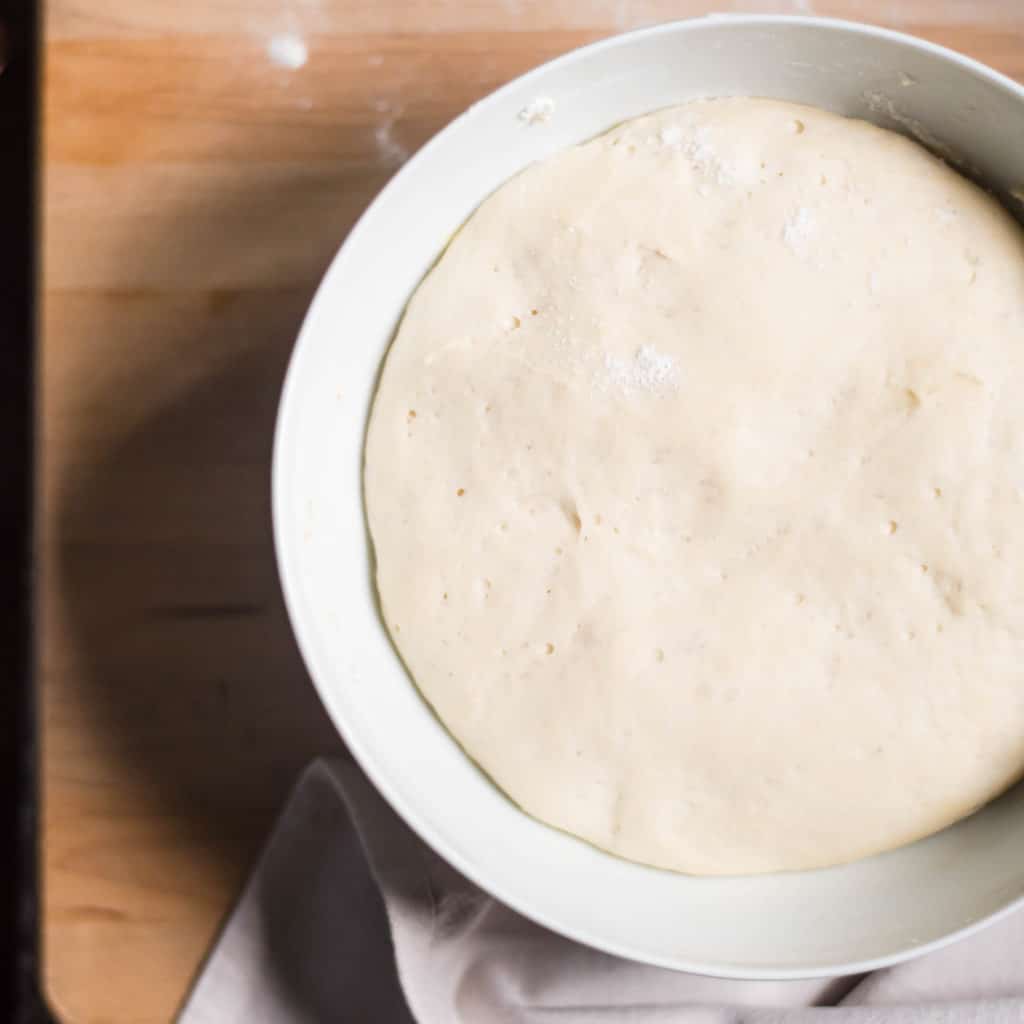
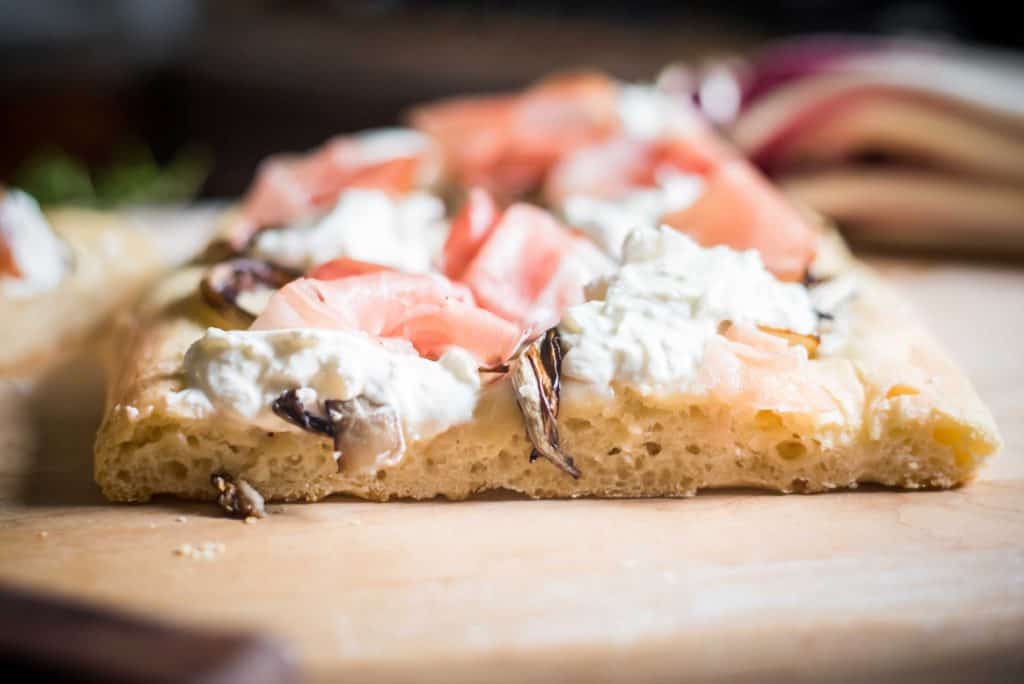
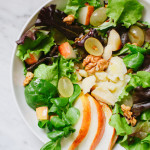

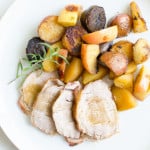
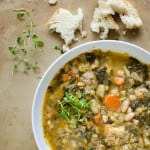

Ciao Lisa! Your big sister is a huge fan of you, burrata, and carbohydrates in general but lives at high altitude…any tips for altering the focaccia recipe? Or should I just comfort myself by doubling the rest of the ingredients? xoxo Deb
Hi Deb! Thank you for your support 🙂 This is a very interesting question as I’ve never baked at high altitudes. From what I read online, you would need to use 25% less yeast, and you would have to decrease the rising and baking time…If you give it a try, let me know how it goes! Next time we come visit, maybe we can experiment together 😉